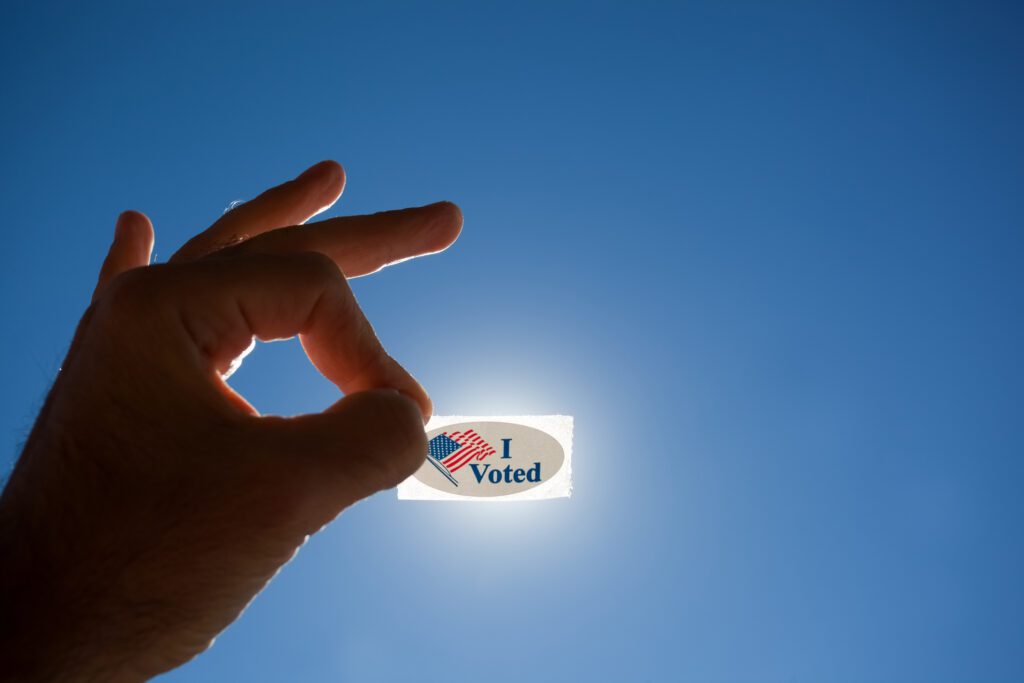Why Campaigns Need a Culture of Digital GOTV
GOTV starts on day one, and that means making immediate use of the digital tools at your disposal to reach and educate voters.


Image Credit: amygdala_imagery
The growing number of digital tools available to campaigns of all budgets is changing the organizing game. But before we talk tactics, it’s important to keep in mind that the most successful GOTV programs begin with establishing the right culture.
While your field team is fully bought into the GOTV effort from day one (it’s their singular goal, after all), your staff at headquarters, who are heads down in the business of persuasion, fundraising, candidate operations, speech writing, debate prep (the list goes on) may take longer to get there.
But establishing a culture of getting out the vote across your organization, from the candidate down to your interns is critically important. You can’t win an election without the voters, and everyone in the campaign should be dedicated to reaching them from the beginning. Thankfully, the number of digital tools available to us makes that job much easier. Here’s how to incorporate these tools into your own GOTV program:
Make calendaring an important part of your program.
At our firm, we prioritize bringing that culture into your digital program. GOTV begins from day one, using the digital tools we have to reach and educate voters.
The right time for pushing voters to the polls depends on when you launch your campaign. But in this not-quite-post-pandemic environment, voting can feel complicated and overwhelming for people. As a result, there’s no shortage of ways we can help in the lead up to voter registration deadlines and Election Day.
We recommend making a calendar of important dates right away, and building communications around those deadlines for maximum reach and impact. At our shop, we take a two-pronged approach to the calendar, pushing voting resources throughout the campaign, and pushing reminders in the lead up to deadline days.
A steady drip of digital notifications and resources to supplement your ground game can be the difference maker, and they’re worth the investment it takes to get them out every step of the way.
Once your calendar is sorted you can turn to the digital tools you’ll use to actually deliver the message. A healthy mix of email, Search and Facebook Ads, and SMS is our recommended starting point for good coverage, but they’re all backed by making sure you’re collecting the right data on the front end and managing that data well.
Email requires building trust to be effective.
Email is a good medium for providing a lot of information at once, and the data we’re able to get back from emails cements it as the gold standard for analyzing how your GOTV messaging is performing.
Voters subscribed to your list have come to expect regular reminders from the campaign, and GOTV content is an excellent way to engage in a different way than just asking for donations. By the time you get to GOTV programming, you should have built enough trust with your subscribers and supporters that they see your content as useful and helpful, and therefore more likely to use it to take action and vote.
Search and Facebook ads shouldn’t just be about voting.
The benefits of paid digital media lie in our ability to weave persuasion into our GOTV messaging and reach audiences outside of our existing universe. The tools available to us with paid digital media also give us access to a host of tactics to maximize reach. For example, using re-marketing to revisit people who have engaged with your content in the past, or taking the offline benefits of voter-file targeting online to reach people most likely to vote. From the 2020 election, we know keywords “how to vote” and “where to vote” were at an all time high. Creating ads targeting voters conducting these searches should be part of your arsenal.
SMS programs are about experimentation.
While relatively new to the digital toolbox, SMS is standing out as an affordable way to cut through the noise and reach voters with your message immediately. Character counts and the lack of phone numbers in existing databases are obstacles, but the instant nature of SMS messaging is worth investing and experimenting with as early as possible.
Peer to peer (P2P) tools are about social pressure.
Studies about voter turnout from organizations like the Analyst Institute and others have shown that social pressure can increase voter turnout. P2P tools that allow volunteers and supporters to upload their contacts and message them can simulate that social pressure.
These tools we have today for reaching people have never been more accessible and affordable for campaigns of all sizes. And making effective use of those tools, combined with a strong culture of GOTV within your organization, is the surest way to a winning campaign.
Justin Kidd is a Senior Content Director at Do Big Things, where he helps campaigns create strategies to forge meaningful connections with their supporters that drive them to take action. For nearly a decade, he’s helped organizations and campaigns—from City Council to the U.S. Senate—tell their stories through the media and online.

